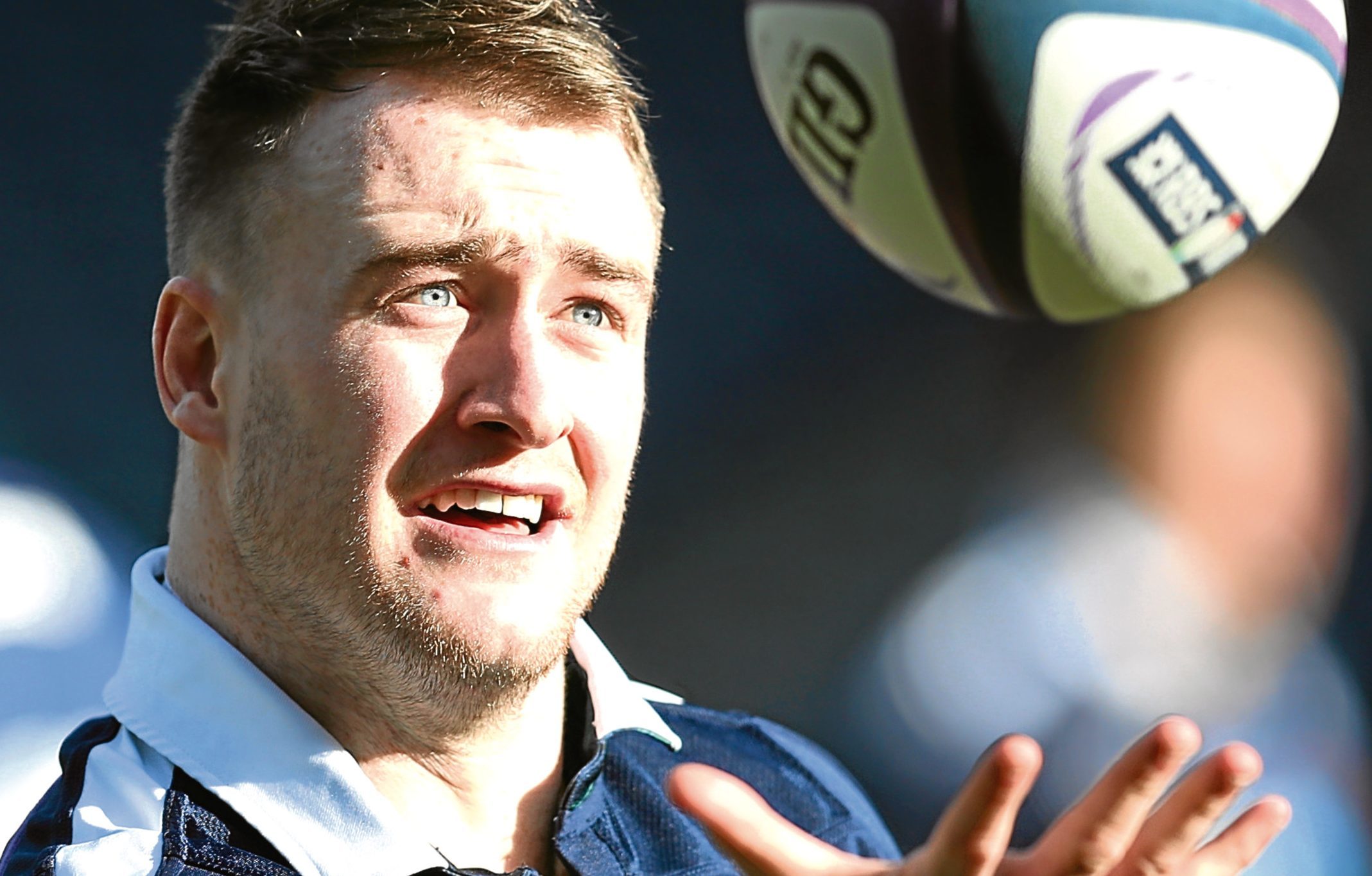
IT is the oldest winless record currently going strong in the Six Nations.
Scotland’s trips down to Twickenham have been fruitless for 34 years. It was on March 5, 1983, that they last enjoyed the sweet taste of success.
On that afternoon, Roy Laidlaw and Tom Smith scored the tries and Peter Dods kicked 11 points as the Scots ran out 22-12 winners.
Back then, Britain was ruled by a female Conservative Prime Minister, while the opposition Labour leader was floundering.
Perhaps, that should be an omen for Scottish chances on Saturday?
But this year, rather than simply relying on the stars aligning in their favour, there is a renewed confidence in and around the Scottish camp.
They travel with more expectation than on many of those other failed missions and have already dispelled two statistics.
The win over Ireland in the opening game was the first time they’d done that in the Six Nations since 2006.
For once, the Scots could look to generate some momentum rather than have to play catch-up with the rest.
There was a narrow defeat in Paris, but they bounced back superbly with a 29-13 triumph against Wales at Murrayfield.
That was a first victory over the Welsh for 10 years, and they come to Twickenham with a number of things on the line.
The Calcutta Cup, the Triple Crown and the Six Nations Championship are all in Scotland’s sights if they can pull off one of their most-famous victories.
Since that 1983 success, there have been 17 visits to Twickenham and it has been defeat on every occasion, apart from a rare 12-12 draw in 1989.
Their last trip was possibly the most-heartbreaking of all, as a last-minute penalty by Bernard Foley secured a 35-34 win for Australia in the 2015 World Cup quarter-final.
Many of the players who featured that day will be back and will be determined to leave with better memories.
The last time Scotland even won a Triple Crown was in 1990 when they beat England to win the Grand Slam, and we all know how that afternoon has gone down in folklore.
But there is a real belief in the new crop that coach Vern Cotter has put together.
The Gray brothers, Richie and Jonny, have forged a great partnership in the second row and are mounting a strong case for inclusion on the Lions’ Tour to New Zealand.
And the opening three games have shown that Scotland’s attack is arguably the most potent in the Six Nations.
Full-back Stuart Hogg continues to win rave reviews for his speed of foot and sleight of hand, and Tommy Seymour is a natural finisher on the wing.
Cotter is leaving his post this summer to take up a job in France at Montpellier, and there would be no better parting gift than ending the Twickenham hoodoo.
But while Scottish tails are up, they are facing an England side that has forgotten how to lose.
The winning run now stands at 17 matches, and only New Zealand have put together a longer one in top-class international rugby.
It’s three wins out of three in this year’s Six Nations, with Eddie Jones’ side on course for back-to-back Grand Slams.
Despite that, they have not hit top form in any of those games. They were behind late on to both France and Wales and at half-time to Italy, before coming back to win.
Obviously, it’s the mark of a good team to win when not at their best. But there are only so many times that can happen.
There is no doubt that Jones will have been working his players hard in the build-up to this one as he looks for a more complete performance.
One man who has come to prominence is Elliot Daly.
Normally a centre for his club side, Wasps, he has been used on the wing for his country.
But it has worked a treat, as he scored the winning try against the Welsh and backed it up with another against the Italians.
The positive headlines have been welcome after he became only the second-ever England player to be sent off, just three minutes into the game against Argentina in November for a high tackle.
He served a three-week ban for that offence, but he has returned to the team and made the right kind of impression.
By the time the Auld Enemies kick off at Twickenham, both sides will know exactly where they are in the Championship.
That’s because Wales play Ireland in Cardiff on Friday night, with the Irish aiming for a third win on the bounce.
That would set Joe Schmidt’s team up for their final game at home to England with a shot at landing their third title in the last four seasons.
Over in Rome, all eyes will be on Italy to see if they have any other special tactics up their sleeves.
Coach Conor O’Shea adopted the idea of refusing to engage in rucks in their last game at Twickenham, which bamboozled England for 40 minutes and polarised rugby supporters.
Some argued it was brilliant tactical innovation. Others, like Eddie Jones, bemoaned that “it wasn’t rugby”.
The Italians were still on the wrong end of a 36-15 scoreline, but it was a lot more creditable than most had expected.
However, as they take on France at home, they are facing another wooden spoon — for the 12th time in their 18 years in the Six Nations.
That consistently-poor record has prompted debate about whether there should be promotion and relegation into Europe’s annual competition as Georgia put forward their own case for inclusion.

Enjoy the convenience of having The Sunday Post delivered as a digital ePaper straight to your smartphone, tablet or computer.
Subscribe for only £5.49 a month and enjoy all the benefits of the printed paper as a digital replica.
Subscribe